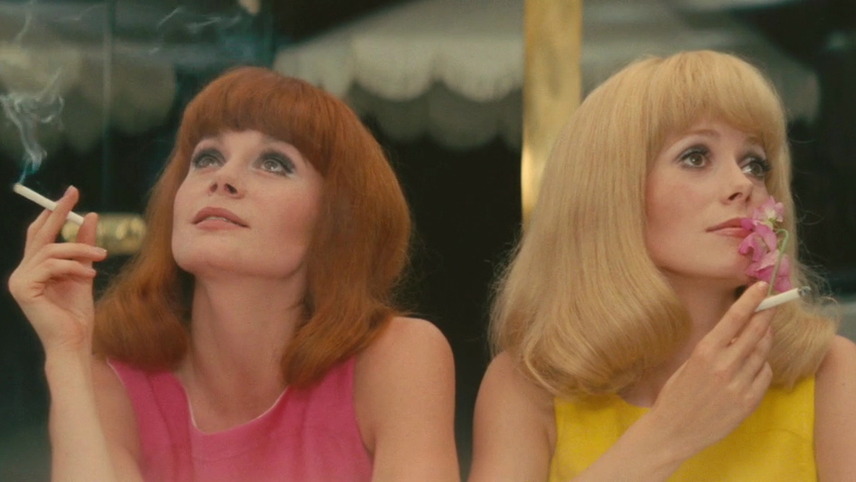
The time frame between the 1950s and the 1970s was a different era of film. With World War II having recently ended, the cinema landscape was wide open. Directors from around the globe could appeal to a mass audience without having to compromise their artistic vision or story.
However, these might not be the first films that come to mind when you think about classic films or the best film a certain director has to offer. Some might feature big budget productions, and others might be single location films from Japan; they all have something to add to the story of film. These are 10 under-seen classic films from that era.
10. Major Dundee (1965)
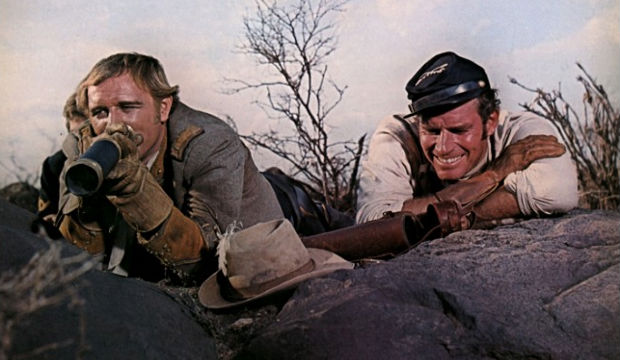
Coming off the success of his previous film “Ride the High Country,” Sam Peckinpah was given his first big budget project from Columbia Pictures to create his own post-Civil War cavalry film with Charlton Heston as the lead, a commander of a prisoner of war army going to battle with a band of Apache Native Americans.
After his loss at Gettysburg, Heston portrays the titular Major Dundee as a man searching for victory, willing to do anything to prove himself in battle. Members of Peckinpah’s stock company like James Coburn add to the cast of characters that make up the cavalry.
Due to a troublesome shoot, Columbia eventually took the film away from Peckinpah, cutting it from 152 minutes down to 123 minutes. During its release, the film did poorly, resulting in Peckinpah’s ‘fight the studio’ mentality that carried on later in his career.
With the newly-restored extended cut, the film has garnered more acclaim. Peckinpah’s love of shooting in Mexico is definitely on display when the cavalry gains supplies in a Mexican town. The sweeping horse riding sequences throughout New Mexico allow Peckinpah to prove what he can do with a big budget.
Peckinpah masterfully directed the final battle between Dundee’s army and the French, which is mainly shot on horseback. The love triangle between Dundee, Teresa and Tyreen, played by Richard Harris, gives the film a dramatic storyline to connect to, during the moments they are not being entertained by battle sequences. Due to tension between the members in the cavalry as a result of being a ragtag mix of Union and Rebel soldiers, we see that Peckinpah was seeking to make something more than just a big budget western.
9. Lola Montès (1955)
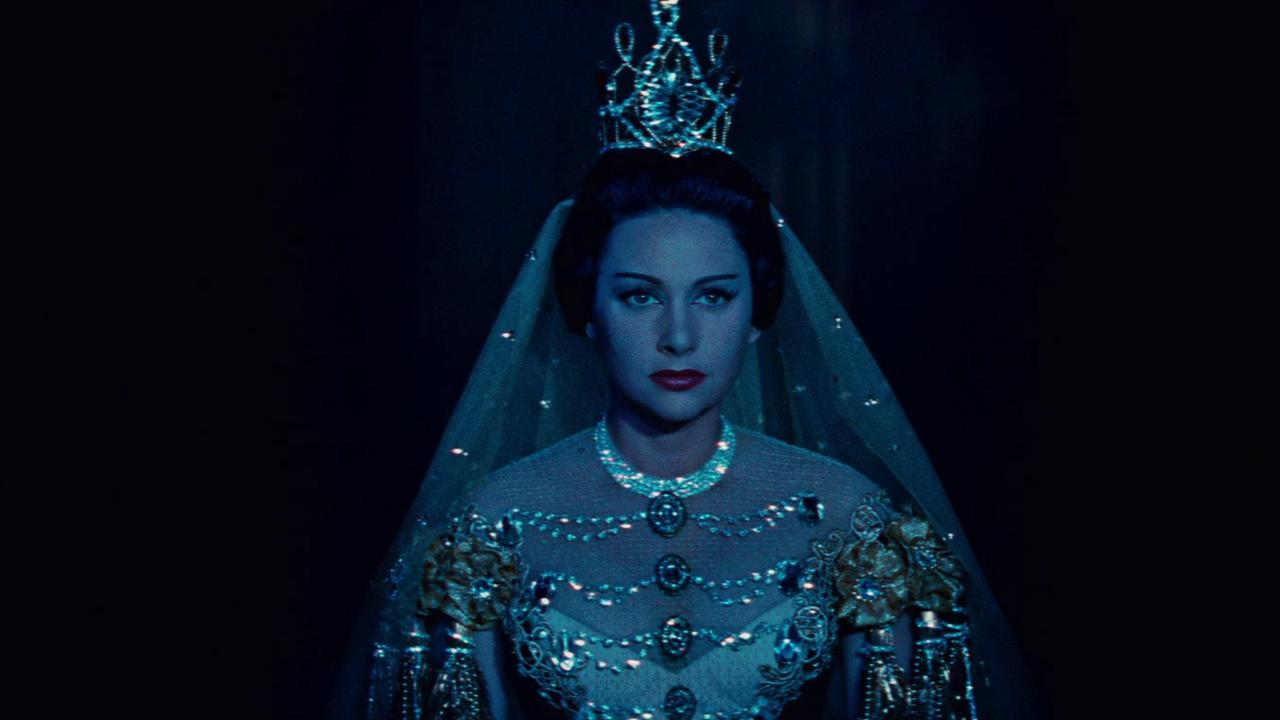
At the time, it was the most expensive film in French history; the sad part is “Lola Montès” was also a massive flop at the box office. The flashback style of storytelling by the legendary Max Ophüls night was too much for the French audiences to handle.
The flashbacks are a way to show Lola, played by Martine Carol, reflecting on her most famous and notorious affairs. However, in the present time sequence, she is portrayed as a side show character used for men’s amusement in a New Orleans circus run by Peter Ustinov. As the stage performance goes on and Lola’s affairs become worse, she rises to the top of the circus tent until she takes the final dive without a net in the film’s climax, highlighting Lola’s weak mental state with backstage sequences.
Some might feel that Carol’s performance comes off as wooden, but all of her emotion is conveyed through her facial expressions rather than through her performance. It is never really clear whether Lola actually cared for any of the men she is with throughout the film, which makes the climax even more riveting. Even today, the circus sequences are some of the best looking and directed shots put to film; the colors blend on screen like a cinematic rainbow.
8. The Young Lions (1958)
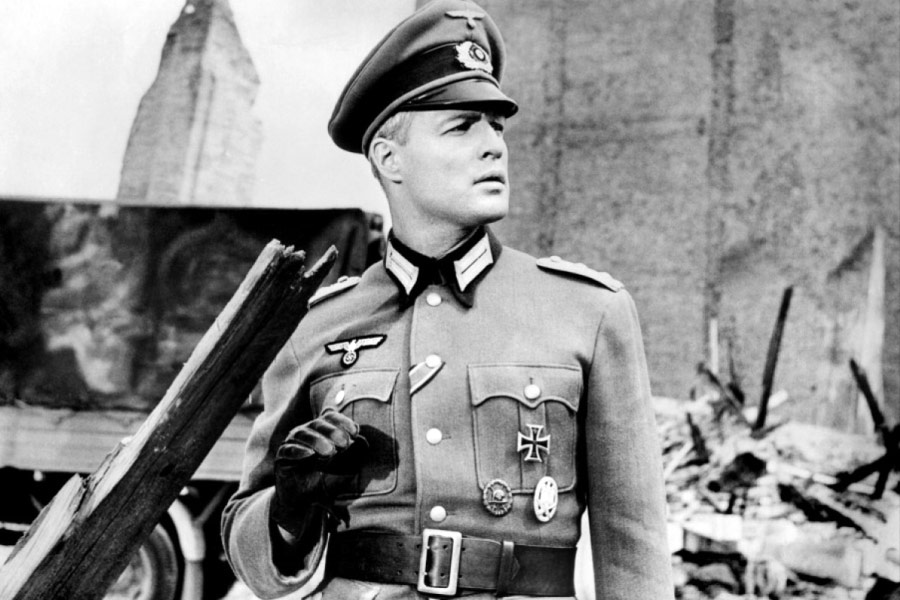
Method acting is on full display in this World War II picture directed by Edward Dmytryk. On the American side, Dean Martin and Montgomery Clift play two newly-drafted soldiers into the army. Martin, a famous lounge singer, had no time for the war and plans on getting out as soon as possible; Cliff portrays a very meek man who has to stand up for himself when his bunk mates bully him for being Jewish. Marlon Brando, a former ski instructor turned SS officer, is able to pull off a pretty solid German accent while also conveying his struggle with being a part of Hitler’s cause.
Dmytryk masterfully switches from Allies to Axis storylines without Martin and Cliff interacting with Brando. Martin is always able to add a certain type of swagger to his performances, even though he is usually just playing himself. At the time, this film differed from other war films. Usually war pictures are about the battles and shootouts. “The Young Lions” focuses more on the personal lives of soldiers, dealing with their mental state at war time.
7. Trafic (1971)
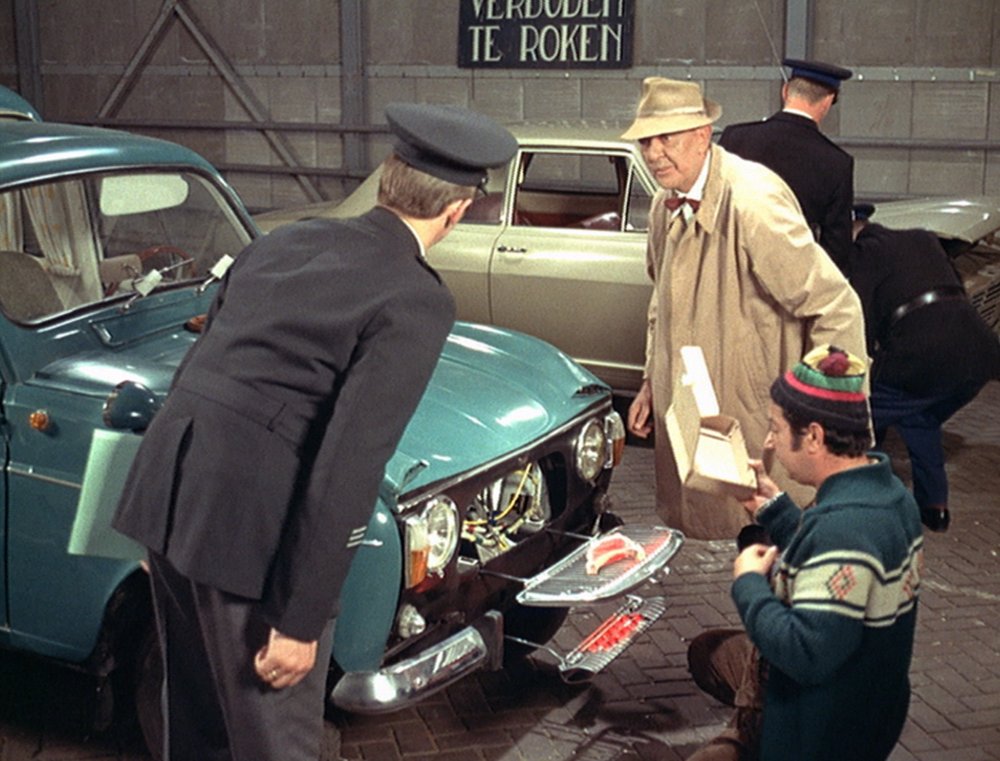
In his final appearance as Monsieur Hulot, the director takes his usual tropes of poking fun of modern society, this time focusing on the car industry. At the time, following up his masterpiece “Playtime” was probably a tough act to follow. With a lower budget than the previous film, Hulot is an automobile inventor for a French company called Altra. It is Hulot’s job to get his newly-designed camping car from Paris to Amsterdam in time for a car show.
Along the way, Hulot, his driver and, the head of HR named Maria bumble their way across Europe. In “Trafic,” Tati let the gags carry on for a long period of time, not giving a payoff on some jokes until much later in the scene. The toll booth with the statue head salesman is one of the film’s best gags. The sequence in which Hulot and the team are showing off the new camping car is pretty impressive.
6. I Knew Her Well (1965)
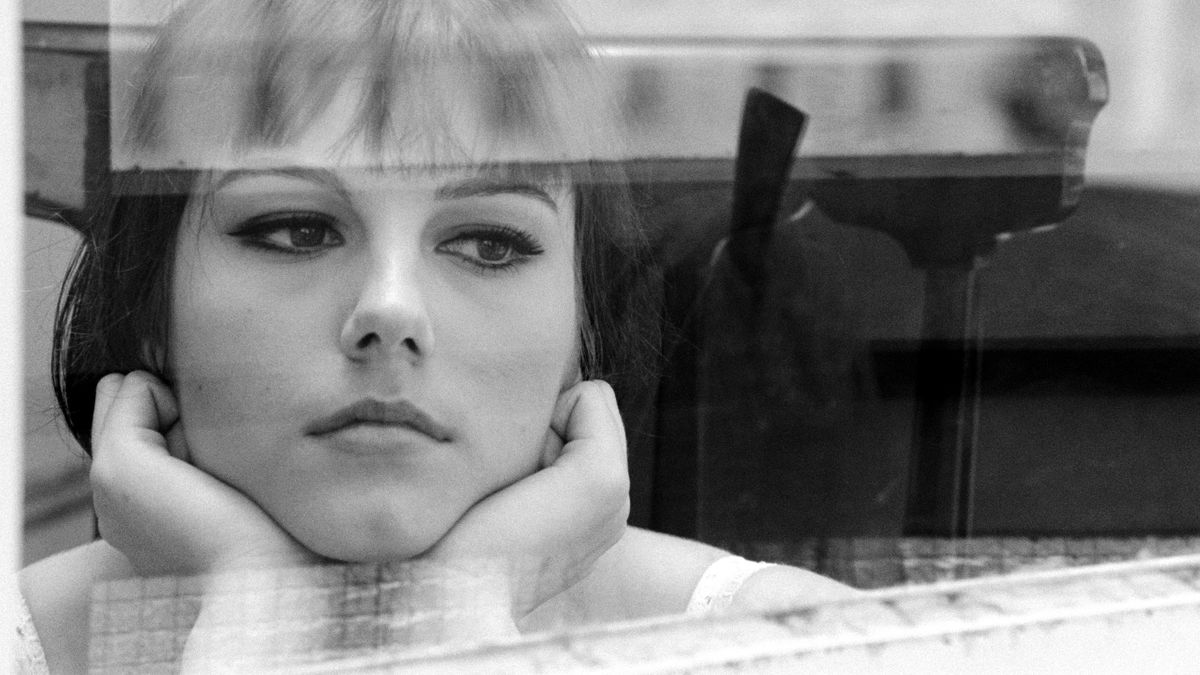
In Antonio Pietrangeli’s snapshot of 1960’s Italy, Stefani Sandrelli is looking for stardom in Rome. The audience follows her on a journey through the highs and lows of trying to make it. Many of the party sequences are similar to the ones in “La Dolce Vita” and “8 ½”. The different pop songs from the sixties that are sprinkled throughout the film is a nice touch.
Throughout the film, we see Sandrelli’s struggle and desire to make it in this new world of which she is a part. This film is a classic, not based on its story but mainly on the feel and style it was made, giving off that glamorous ‘60s Italian vibe.